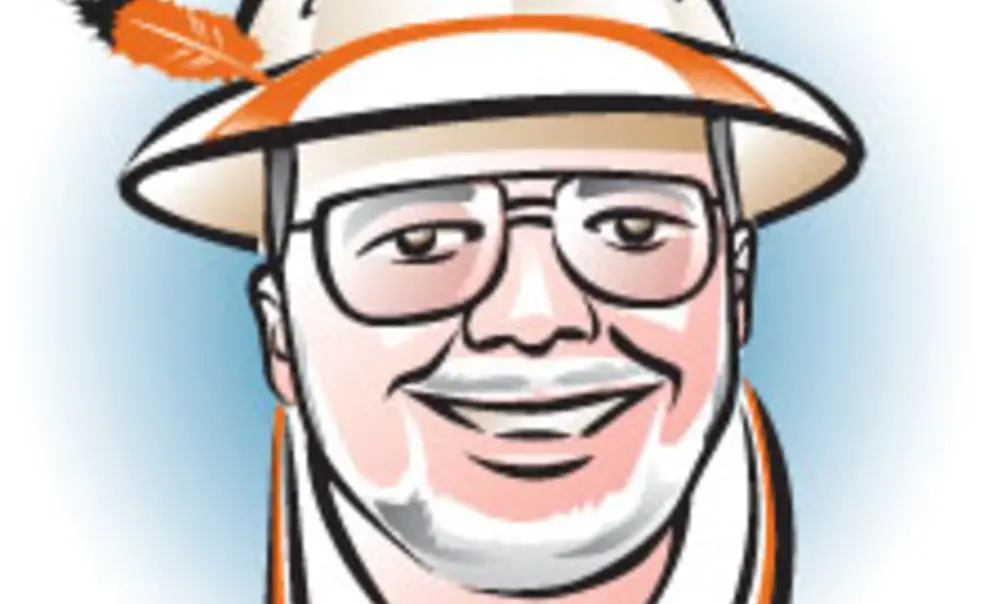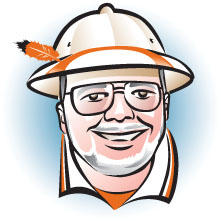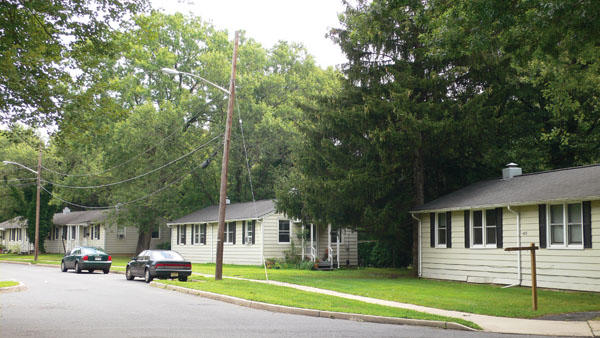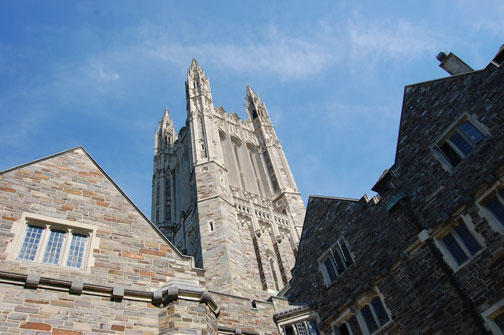Everybody is ignorant, only in different subjects.
— Will Rogers
Another Alumni Day, another impressive set of awards, another call to Princeton’s past. Not only in the sense that the alumni recognized for their service to the nation and all nations (as phrased by Woodrow Wilson 1879 and Harold Shapiro *64) actually studied on campus a good while ago, but also that it represents a long chain of accomplishment in world affairs that, in part at least, validates what the University has been and what it may, with some hard work and creativity, become yet again in the future.
This year’s Madison Medal – James 1771 was theoretically the first Princeton grad student, hanging around after Commencement to chew the fat with President John Witherspoon, hence attendant effects on the Declaration of Independence and the Constitution – goes to administrator Lisa Jackson *86 of the EPA, whose achievements over the last 25 years have been made in the face of her triple minority status as a female African-American scientist, not to mention the difficulties of getting an energy-crazy nation with an aged infrastructure, a growing population and free-market economy to avoid poisoning itself to death. A big locomotive for her.
Jackson is not an exception among Madison recipients; the grad school has turned out a marvelous array of public benefactors, and those receiving the honor since its 1974 inception have ranged from the first winner, playwright Thornton Wilder *26, to Nobel-winning physicist Steven Weinberg *57 to Microsoft guru Nathan Myhrvold *83 to Gen. David Petraeus *85 *87, now the CIA director. From a graduate population that until recently did not include even 2,000 individuals at a time (smaller than many high schools) and is generally attuned to turning out scholars and professors, the results over the last century have been broad-ranging and eye-catching.
So any material impediments to their comfort with Princeton would seem to be essentially indefensible, which was an unstated thesis in setting up the Commission on Graduate Alumni Relations two years ago. Its report still is being addressed in various ways, streamlining APGA relations with the Alumni Council, improving graduate-alum representation on the Board of Trustees, spending some additional bucks on communication with the far-flung cohort, but most notably and pervasively with the experience of grad students while they are actually resident on campus, before they become alumni.
And why might their on-campus experience have been suboptimal in the past? Well, when’s the last time you took a grad student to lunch? But seriously, career services for those not going into academia have been spotty; financial aid, while substantial, is not quite up to the undergrad standards; the University keeps missing chances to socialize with them (a free ticket for the current students to the grad-school Reunions dinner would be a nice touch; a couple of congenial spots around the center of campus to have a cheap beer and a chat would be nice). And then there’s the housing. Long a sore spot in a town with astronomical commercial rentals, grad-student options have been getting better and that will continue, but for heaven’s sake, the Butler tract housing for married students that was built as a temporary wartime solution 70 years ago is still going strong (it is designated for demolition, but not for the first time). Even the monumental Graduate College*, whose centennial we celebrate next year with guaranteed hoopla and donor opportunities, has its unique baggage going back to the death match on its siting between University president Wilson and Dean Andrew Fleming West 1874. Namely, it’s near absolutely nothing (except West’s Wyman House, of course). While it has the legendary Debasement Bar – one of the top-five named entities on campus – it takes your friends from Butler housing an hour on the Shuttle to get there, like flying to Boston; putting in Debasement Too at Frist or Campus Club (in the center of campus where everybody is during the day, anyway) would be a nice, modest step to allow and encourage the undergrads and faculty to play nicely for a change with the grad students.
Who, after all, have come through for us time after time in the past. Recently, I’ve been putting together a list of influential Princetonians throughout our history for the new (coming soon to a desktop near yours!!) website being arduously assembled by the World’s Only Princetoniana Committee. Of the 250 alumni selected as most influential by the editors here at PAW, more than 30 percent attended the grad school – far beyond their proportion in the overall alumni body over the centuries. And the names are glorious even beyond the Madison medalists – geogenius Harry Hammond Hess *32, physicists Richard Feynman *42 and John Bardeen *36 (more on him next time), mathematicians Alan Turing *38 and John Nash *50, Princeton president Harold Dodds *14. During their time on campus – some of them for many decades like one of my heroes, professor John Fleming *63 – they also have served to deepen the understanding of the undergrads and, perhaps most crucially, attract the legendary teaching faculty that distinguishes Princeton from any peer institution on the planet.
We owe the graduate alumni big time for that, perhaps even more than Debasement.
* I wish I had a dime for every time somebody confused the Grad College and the grad school (despite the editors’ mystifying decision to capitalize one and not the other, which is a psychology dissertation on its own). The school is the educational entity with a dean in which the grad students study. S for study; S for school. The College is the breathtaking residential pile of rocks with the carillon in Cleveland Tower in the middle of Springdale Golf Course. C for Cleveland, C for carillon, C for college. No, no, don’t thank me …















No responses yet